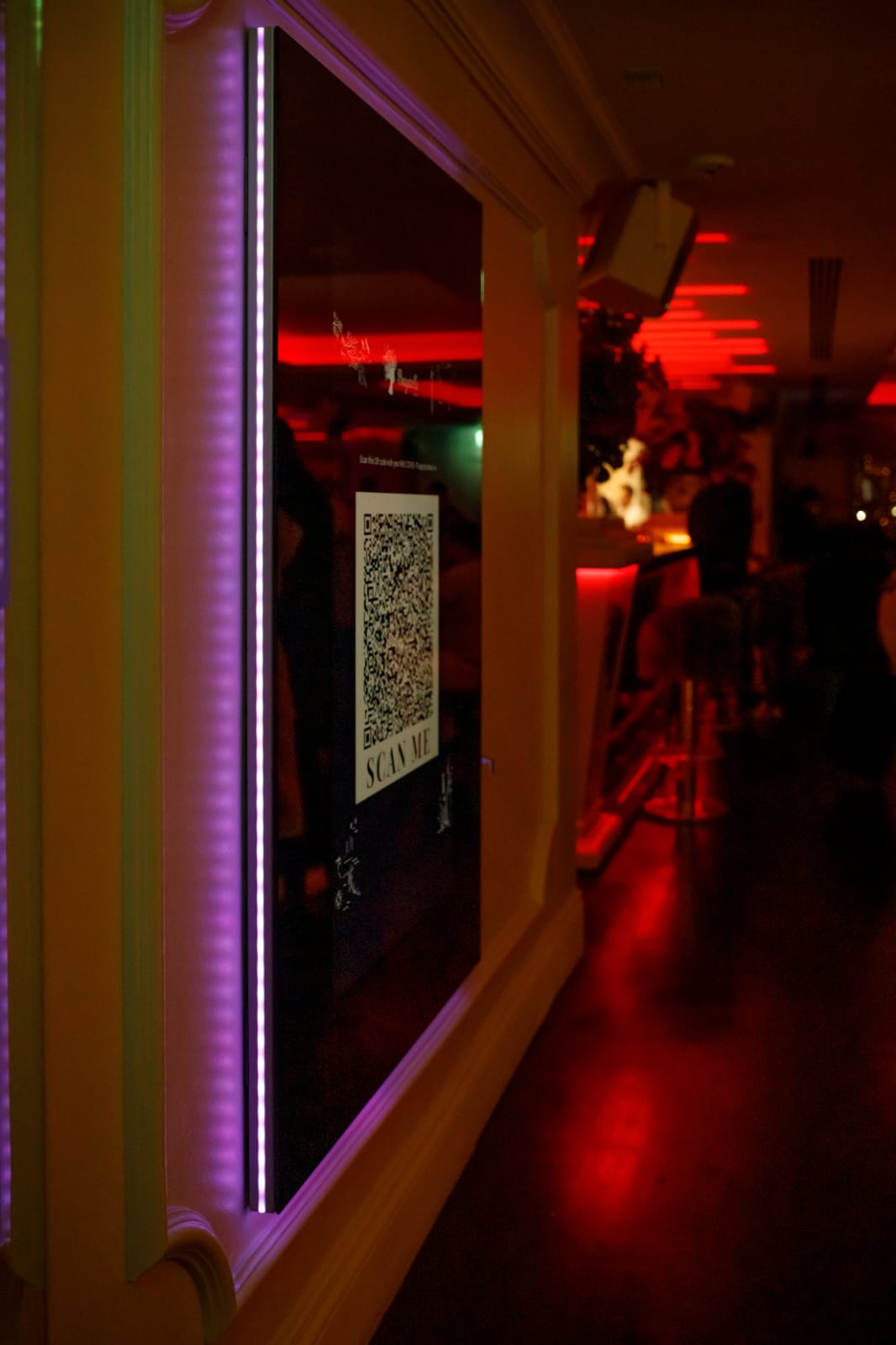Barbara Jarabik talking about luxury brands advertising solutions today: Each marketing strategy has its own advantages and disadvantages, but the key to success is understanding which one will resonate best with your target audience. And whatever approach luxury brand managers take, they must ensure that their products and services remain aspirational. Finally, luxury marketers may focus on the emotional appeal of their brand, emphasizing the feelings of luxury and decadence that it evokes. This can be a very effective way to connect with customers on an emotional level and create loyalty to the brand. It can work particularly well when appealing to luxury travelers.

Don’t neglect customer service: When you step into a designer store like Burberry or Louis Vuitton, what’s the first question you’re often asked? “Would you like a glass of champagne or tea?” That’s how it’s done. Brands like these treat their customers like kings and queens. Offering champagne and having a lounge within stores also adds to the luxurious branding. It makes you feel like you’re in a completely different world. Loyalty and repeat purchases are huge components of a successful luxury business. Customers who come back to purchase new releases or existing products have very high average lifetime values. This is why you must treat them extremely highly and ensure they are 100% satisfied. As a matter of fact, 55% of consumers would pay to have a better customer service experience.
Google is one of the most influential channels when it comes to helping luxury shoppers find products, learn more about brands, and make their purchase. As we’ve already alluded to, most luxury brands have pretty poor websites. Unsurprisingly, most of those websites also have extremely bad SEO, making it difficult for their websites to rank well in Google for search terms that would otherwise capture potential customers. Take Prada for instance. When I search for Prada handbags, not only do I not receive a link to Prada’s handbag page (due to their poor keyword targeting, slow site, and poor on-site structure), but the results also look messy and untargeted.
Say you sell shoes hand cobbled by the finest artisans in all of Montana. While the keyword “shoes” will certainly yield traffic, and some of those searchers may very well be interested in buying your exceptional kicks, the overwhelming majority of that traffic falls outside of your target demographic. This becomes even more of an issue as you begin to consider keywords with modifiers. “Cheap,” “sale,” and the dreaded “free” are all words that, when appended to a query, ostensibly eliminate a searcher as a prospect. Account-wide negative keywords ensure you never bid on terms you have no interest in paying for (on purpose or accidentally).

While I appreciate the need for stylistic design, luxury brands need to invest in websites that are also intuitive and well desgined from a user experience perspective. Aston Martin and Versace are both great examples of what luxury brands should be doing with their websites. Their websites are visually stunning, while very easy to use, and highly functional. In his book ‘Start With Why’, Simon Sinek explains how great marketing starts by explaining why they exist. Despite this, the majority of brands still market their products by explaining what they do. Take Apple for example. Here’s a paraphrased excerpt of how apple communicate with their customers. See even more details at https://www.facebook.com/barbara.jarabik/.
Digital signage mirrors are another way for luxury brands to advertise efficiently : The entire digital signage mirrors market was valued at USD 780 million in 2021. The global market is expected to grow steady at a CAGR of 12.21% to reach USD 910 million by 2023. Digital signage mirrors can vastly improve individual efficiency by choosing outfits as per weather updates while also offering bus and train schedules (including traffic updates). Digital signage mirrors in smart homes, planes, commercial spaces, hotels, etc. are designed to be connected to users as well as with different devices around. Energy efficiency is one of the major advantages that will drive the adoption of digital signage mirrors.